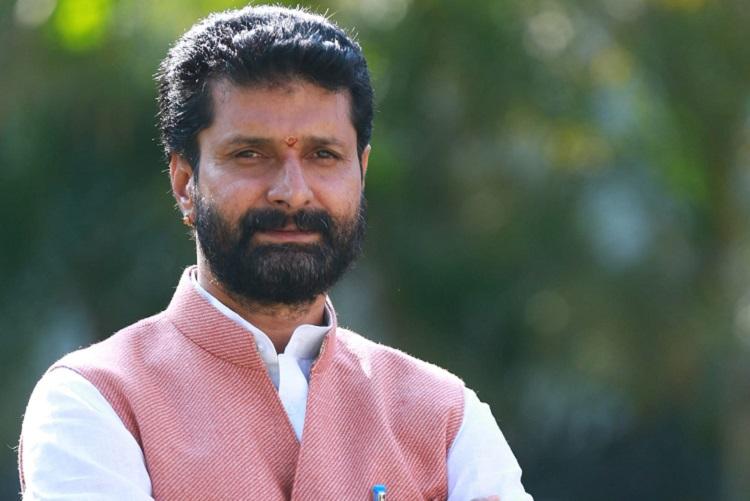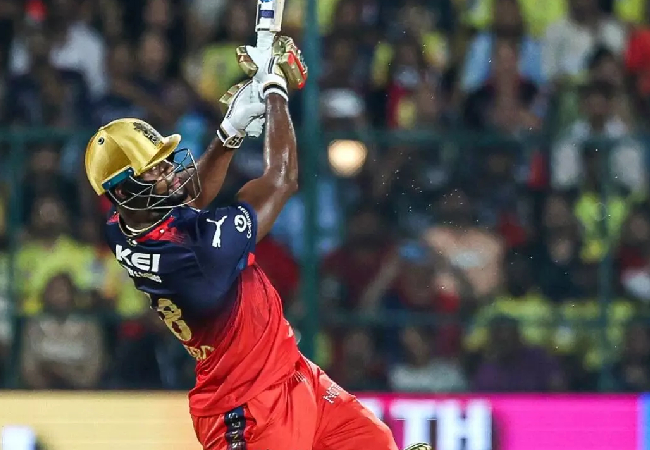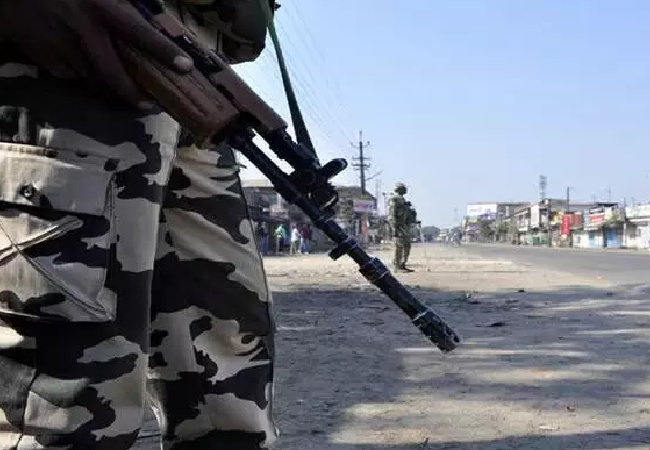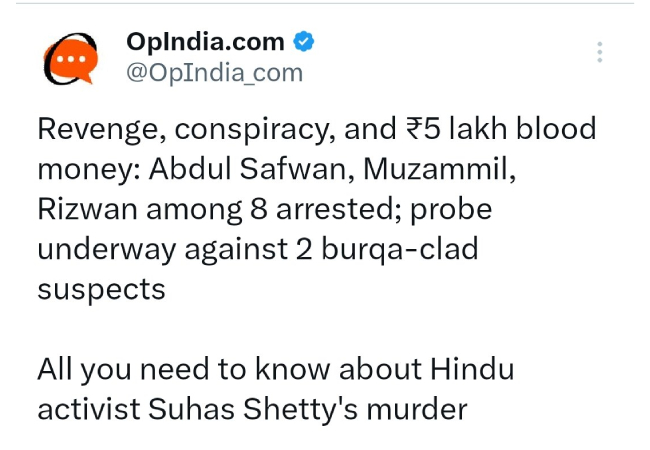Bijapur 25 Oct: At the time when the Opposition parties are blaming the Modi government for the price rise in the country, BJP National General Secretary, CT Ravi has said that if someone has to be blamed for the price rise then it should be China which spread COVID pandemic across the world.
“Blame China and COVID for the price rise, not Modi government,” he said at the press conference in Sindgi town on Monday.
Ravi, who had come to campaign for the party candidate, Ramesh Bhusnur, claimed that the prices were under control in the country before the nation was hit by the COVID pandemic.
It is not just India, but the entire world is suffering because of the COVID pandemic and prices have risen across the globe, he said and hoped that the situation will not remain the same for long.
He claimed that in order to give relief to the farmers from rising prices of fuel, the Modi government increased the subsidy to Rs. 1700 on fertilizers on each bag.
Accusing the Congress of spreading canards, Ravi said that the party which is master in lying has nothing else to say but to keep blaming the BJP.
“It is the same Congress which had called COVID vaccine fake, but the very Congress leaders stood in the queue to take the vaccine”, he said.
Ravi said that Congress is making allegations against the BJP as the party is frustrated after losing a series of elections in the country.
Describing Congress as the party that stood for the terrorists, he said that there was a time when the party was protecting the terrorists by feeding them Biryani.
“The Congress leaders were shedding tears for the death of any terrorist. But the Modi government is tough against terrorists. Today, we will kill four terrorists if they kill our one soldier”, Ravi said.
Refuting the allegations that corporate giants such as Ambani and Adani have become richer only during the Modi government, Ravi said that these people have been wealthy for decades.
“Many pharmaceutical companies have also become rich during COVID pandemic. Moreover, the Modi government is not working for such rich people. Tell me, does a scheme such as Ayushman Bharat is meant for common people or Ambani”, he asked.
MLC, Arun Shahapur, Former MLA, Appu Pattanshetty, and party leaders were present at the press conference.
Let the Truth be known. If you read VB and like VB, please be a VB Supporter and Help us deliver the Truth to one and all.
Bengaluru (PTI): Virat Kohli and Jacob Bethel did the early running with well-crafted fifties, while Romario Shepherd applied the finishing touches with a brutal 14-ball unbeaten half-century as Royal Challengers Bengaluru raced to a massive 213 for five against Chennai Super Kings in an IPL match here on Saturday.
The Super Kings skipper MS Dhoni decided to bowl first after winning the toss, but the decision played handsomely into RCB’s hands as Kohli and Bethel merrily chugged along to make 97 runs in just 9.5 overs for the opening wicket.
Kohli (62 off 33 balls) and Bethel (55 off 33) exploited a fuss-free pitch to telling effect, and their job was made much easier by the wrong lines of CSK bowlers, which was evidenced when Shepherd (53 not out off 14 balls; 4x4, 6X6) made the joint second fastest fifty in the IPL.
The fastest fifty of the IPL was struck off just 13 balls by Yashasvi Jaiswal in 2023, while both KL Rahul (in 2018) and Pat Cummins (2022) had also earlier made half centuries off 14 balls.
Khaleel Ahmed, who has the highest number of dot balls in this IPL at 110, tried to test Kohli with snorter but it was pulled thunderously over fine leg for a six.
In the very next ball, the left-arm pacer went for a fuller length delivery but it was on Kohli’s pads as the batter sent the ball soaring over square leg for a maximum, and all he needed was a simple unlocking of his wrist.
Bethel was more brutal. The England left-hander smashed Ahmed for three successive fours in the first over itself, all rasping cuts and forceful drives, as RCB raced out of the traps.
The 21-year-old had a slice of fortune too as Ravindra Jadeja and Matheesha Pathirana collided with each other to spill a catch off pacer Anshul Kamboj.
Bethel was on 27 then, and he soon brought up his maiden IPL fifty with a reverse scoop off Jadeja.
Kohli too reached his fifty soon after with a routine slap through the cover region for a four off Jadeja.
Just as the alliance was blossoming further, Bethel skied Pathirana for Dewald Brevis to complete a fine catch running in from the boundary line.
It gave some respite to the CSK bowlers, who found a way to stem the free flow of runs using cutters and into-the-deck deliveries, particularly Sam Curran (1/34) and Pathirana (3/36).
Curran consumed Kohli with a slow delivery which did not allow the batter to execute a ramp over Ahmed at gully.
But Kohli and Bethel had given RCB a superb platform as the home side were placed at 121 for 2 in the 12th over.
However, the improved lengths of CSK bowlers and a tinge of slowness in the track made RCB settle for 37 runs between overs 12 and 18 as batters like Devdutt Padikkal and skipper Rajat Patidar failed to force the pace.
But Shepherd waded into Ahmed (65 runs in 3 overs), slamming him for four sixes and two fours in the 19th over which yielded 33 runs.
Shepherd and Tim David raised their fifty stand for the sixth wicket in just 14 balls and the latter contributed a princely two runs in that alliance.





